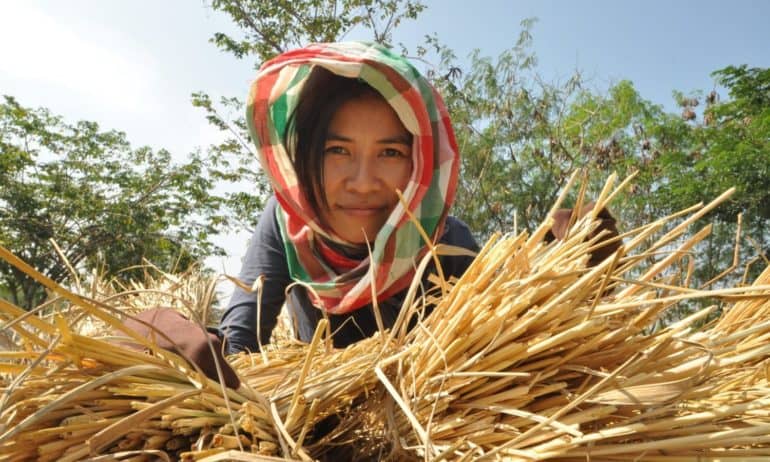A new approach to agriculture and food systems that bridges the gap between rural and urban areas is critical in addressing hunger and poverty, states the 2017 State of Food and Agriculture report by the U.N. Food and Agriculture Organization (FAO). Now in its 70th consecutive year of publication, the report calls for an “agroterritorial” approach focused on connecting cities and towns with their surrounding rural areas. Strengthening this connection, along with agro-industrial development, will allow food systems to drive more sustainable and inclusive rural development, the report argues.
“It’s not about focusing only on production or agriculture, but on promoting [a] sustainable and inclusive food system along what we can call a rural-urban continuum,” says José Graziano da Silva, FAO Director-General.
“This means taking action in all steps of the food system. Not only production, but also processing, packaging, transportation, distribution, marketing, and of course, final consumption.”
Targeting policy support and investment in rural areas to help build vibrant food systems that are well connected to urban zones—especially small and medium-size cities—will create employment and potentially reduce out-migration in the countryside, the report says.
But while strengthening the rural-urban connection can provide a “golden opportunity” for agriculture and rural development, it also presents challenges for millions of small-scale family farmers. More profitable markets can lead to increased concentration of food production in large commercial farms, and to value chains being dominated by large processors and retailers to the exclusion of smallholders, the report warns.
“Concentration of production, concentration of distribution: this is a dead end for family farms,” states Graziano da Silva.
The report outlines three key pillars for an inclusive rural-urban transformation.
The first pillar involves putting in place a range of supportive public policies that allow small-scale producers to participate fully in meeting urban food demands. These may include measures that strengthen land tenure rights, increase farmers’ access to credit and markets, foster the adoption of environmentally sustainable approaches and technologies, and strengthen small-scale producer organizations.
The second pillar is to develop the necessary infrastructure to connect rural areas and urban markets and support a thriving rural agroindustry. Many developing countries lack the rural roads, electrical power grids, storage facilities, and refrigerated transportation systems for farmers to take advantage of the urban demand for fresh fruit, vegetables, meat, and dairy.
And the third involves a territorial focus including not just mega-cities, but also smaller, more spread-out urban towns and areas into well-connected rural-urban economies. These territorial networks of small cities and towns are important points for rural people in accessing seed and farm inputs, medical care, and other services.
The employment opportunities generated by an inclusive rural transformation will be especially valuable for youth in rural areas. The FAO estimates that by 2020, the global population of young people aged 15–24 years is expected to rise by approximately 100 million to 1.3 billion, with almost all of that increase (90 million) taking place in sub-Saharan Africa. Most employment opportunities for youth, however, will likely occur in the non-farm sector, the report states.
“It’s not just about agriculture, but the broader food system, for generating employment. For the 100 million youth that will entering the job market, it’s likely that these jobs are not going to be in agriculture. They’re going to be in the non-farm sector. Areas such as food processing will be an important part of that,” says Andrea Cattaneo, Senior Economist with FAO in Rome.
According to the report, promoting inclusive rural transformation policies that capture all aspects of agriculture, but also include income-generating opportunities in the rural non-farm sector, can greatly improve urban access to food and increase income-earning opportunities for the rural poor.















